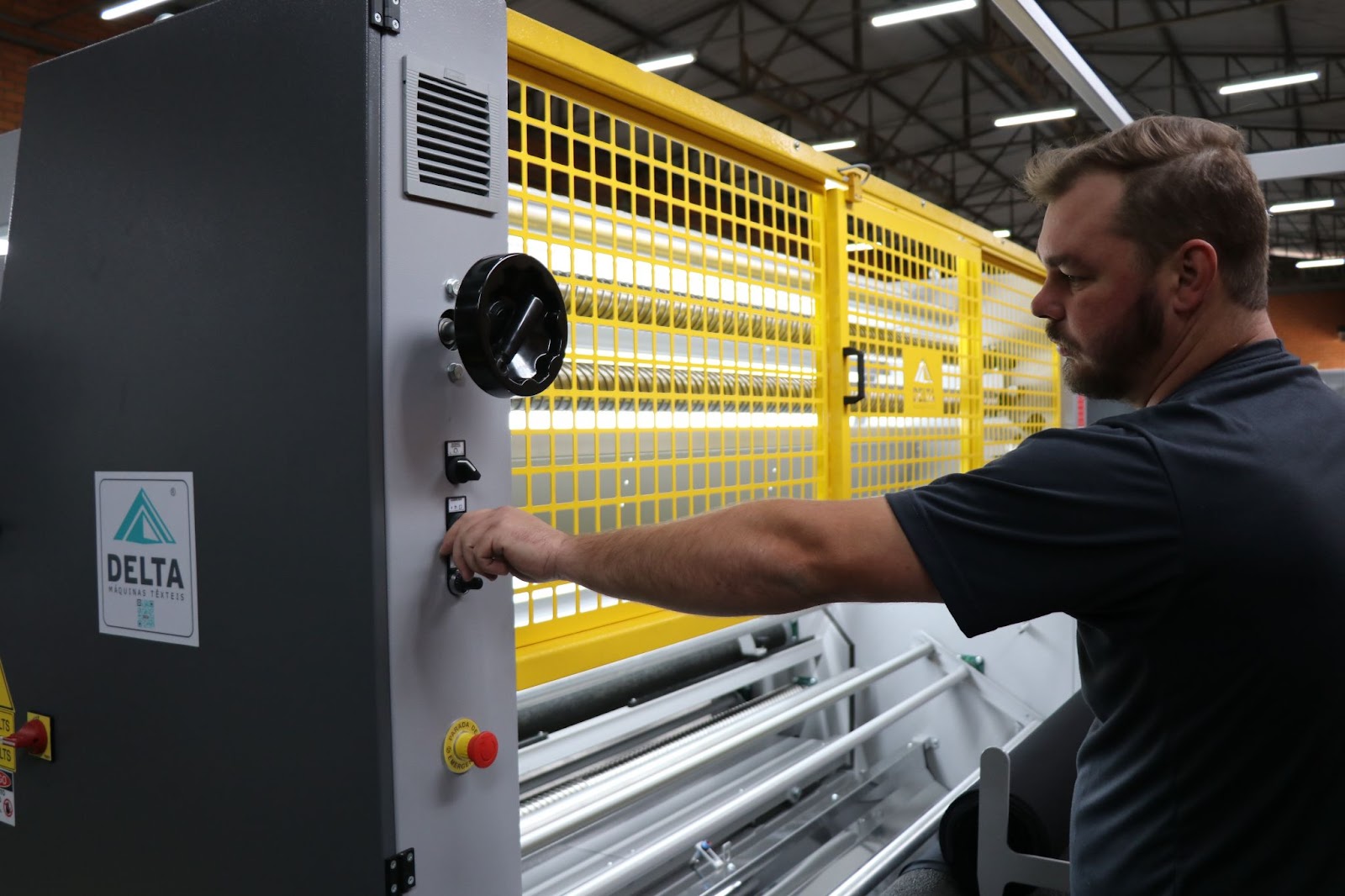The productive capacity of the textile industry concerns a possible number of production volume, always considering the main resources. This is important data for improving processes and activities to promote efficiency.
Do you want to know how to expand your textile production capacity? So keep reading to check out the main tips!
Why know and expand your production capacity?
You already know that production capacity refers to the maximum production volume of the textile industry. But we emphasize that available resources must be considered here to identify the best production rate, always in accordance with demand. Only in this way is it possible to guarantee cost-benefit, without damaging stock with excess or lack of products.
Furthermore, constant production with few sales causes the industry to reduce prices due to the lack of storage space, causing damage to the financial health of the business. Therefore, the idea that the ideal is to produce the largest number in the shortest possible time must be excluded.
Understanding your capacity contributes to the operational excellence of the industry and the productivity of employees. In the same way that it allows the correct use of resources, it helps in building good commercial, financial and productive planning, and in defining goals.
That is, it will be possible to understand with greater precision and ease the power of the factory, thus serving its customers and organizational objectives with greater assertiveness.
In parallel, the calculation of production capacity contributes to the identification of bottlenecks and points for improvement, ensuring greater production efficiency. In fact, this process consists of rationalizing financial and raw material resources, optimizing the production line to achieve maximum production capacity at the lowest cost.
This not only guarantees the quality of production but also contributes to reducing input waste and, consequently, increasing the profit margin. After all, it will also promote an improvement in the customer experience by adding value to your products.
And all of this allows your textile industry to remain relevant and competitive in the market. Because there are already more than 24.6 thousand formal production units across the country, according to Abit.
How to calculate production capacity?
The calculation of production capacity is obtained by dividing the quantity of products manufactured by the time. However, one must also consider 4 more types of productive capacity that directly affect this result.
The first of these is Installed Capacity. It concerns the maximum production of your machinery for 24 hours uninterruptedly. Therefore, the formula for its calculation is: CI = pieces/hour x 24 hours x 30 days.
The Available Capacity, complements the previous one, as it only considers inputs and agents that can be used in a given time. So, here we refer to the exchange, in the calculation above, of 24 hours for the correct opening hours of the industry.
The Effective Capacity tends to be a more realistic indicator. To do this, labor, available machinery, downtime and losses caused per day are taken into account. Here, the time taken for breaks during the workday must be reduced by the number obtained from the Installed Capacity.
And finally, Realized Capacity is calculated based on the previous period (Effective Capacity) minus all unexpected technical interruptions that caused effects on production.
The result helps you understand how much your team will need to produce to overcome this loss.
All of these operations help in a complete understanding of the real capacity of your production process in the textile industry. Just compare them to understand the points for improvement and how to promote productive efficiency.
How to improve the production process?

Once your capacity has been calculated and analyzed, it is time to improve textile production, ensuring efficiency and better results.
Therefore, the first step to expanding the production capacity of your textile industry is to invest in intelligent solutions. We constantly reinforce on our blog the importance of technology to avoid unnecessary waste, delays and failures.
Updating and modernizing your resources are essential for increasing production capacity without incurring high costs. Efficiency is only fully achieved when production is optimized with the help of innovative machines.
They are also essential for standardization, automation and centralization of process information. The latter are essential for the excellence and agility of activities.
After all, time management is one of the main attributes for productivity. Therefore, combining the correct tools with a trained and efficient team generates an increase in production capacity.
We need to reinforce another important factor for improving production: equipment maintenance. And it is at this moment that the OEE calculation becomes indispensable for the constant improvement and monitoring of production capacity, losses of raw materials and financial waste.
The Overall Equipment Effectiveness operation is an indicator responsible for measuring the effectiveness of an industry’s instruments, analyzing productivity.
With it, you can identify the frequency of availability of your machinery, production time, and the quantity of products produced. Its calculation is carried out using the formula: availability x performance x quality. Where:
- Availability (%): (production time / program time to produce) x 100;
- Performance (%): (actual production quantity / theoretical production quantity) x 100;
- Quality (%): (quantity of good / Total quantity produced) x 100.
Finally, your employees must be trained so that they know how to operate the new machines, ensuring productivity and high performance.
Examples of companies that achieved results by expanding their production capacity
It is important to highlight that technology, organization, planning and innovation are fundamental to expanding production capacity.
Upon realizing this, Objeto Brasil approached Delta Máquinas Têxteis to invest in automation in the shrinkage and twist testing process on fabric samples.
The company’s main problem was the lack of productivity in the spreading/cutting phase. The capacity was double what was actually produced, just as the industry had a high consumption of mesh to carry out tests.
Therefore, the lack of quality of raw materials generated constant interference in the processes, increasing the number of reworks.
Objeto Brasil, by replacing its conventional washers and dryers with a DWM555 Delta Sample Washer, ensured that testing time was reduced from three hours to 15 minutes.
Furthermore, the automation of processes resulted in a 75% monthly reduction in mesh and electrical energy consumption, generating savings of more than R$15,000 per month.
Like her, Malharia Brasil, which already had a production capacity of 300 tons per month, decided to invest in automation in order to optimize the manufacturing process, avoid losses and increase the quality of the final product.
With the help of Delta consultancy, the industry invested in the Hydro Sprinkler Station and the Automatic Packaging Machine to guarantee quality and agility.
Are you curious and want to know which solutions to invest in to expand your production capacity? So click here to download the Delta solutions catalog


